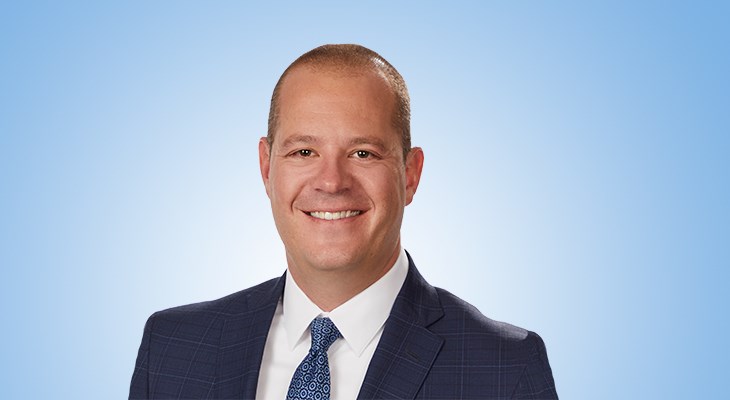When it comes to building the right team around a family business to help create value, not every company has the right people in their family tree to do that. That, says Messerli Kramer Attorney and Division Chair Brett Larson, is the difficulty in getting from generation one to two or three. But those who have the self-awareness to bring in an outsider to be the CEO, or even bring in outside board members or board advisers to get a different perspective, are more likely to realize success.
"Not only does that help the business, but it also helps you deal with a lot of the family dynamics that get in the way of companies getting to gen two or gen three," Larson says.
Outsiders can also help families see the business as M&A professionals on the buy side would, evaluating what drives value.
"These are value drivers because they're good practices, they de-risk the business, and they're things that we start to try to implement into companies when we're making decisions, whether it be a vendor or a customer, things like protecting intellectual property and making sure that the vital contracts are assignable and that we can preserve value that way," he says.
When it comes to the sale timeline, Larson says the earlier the better. Too often, founders contact M&A advisers when they're already under an LOI and the clock is ticking on a close date. A better scenario is when a business engages professional help between three and six years ahead of an anticipated process. That would allow a business to consider elements such as long-term succession planning as well as the overall family financial plan.
"And then we can start doing things like recapping the company, giving away stock at a discounted basis — you can't discount cash, you can discount stock, so, you get to a point where it's too late," Larson says. "And then we start doing a lot of the things pre due diligence — the value drivers or detractors."
By identifying value drivers or detractors and addressing them well ahead of a process, companies can present a stronger business when they go to market. But it's important to start early. Larson says it can take a couple years for changes to be implemented and then another couple years for the impact to materialize in the business.
As an example of these practices in action, he talks about a transaction in which the patriarch passed away. The company was strong, he says, but it was a ship without a captain. They brought in a family member who wasn't ideal and managed the company poorly. Both EBITA and the profit margin were sagging, and it was impacted negatively by the pandemic. A private equity group tried to make a value play but got too aggressive by allocating too much of the purchase price to an earnout as well as trying to truncate the earnout periods. It became almost impossible for the company to hit the numbers it wanted to hit. So, the family began looking for other options.
"And we said, you could continue to run it," he says. "But if you continue to run it the way it's probably not going to end well. So, we helped them identify an interim CEO. They helped them identify a long-term CEO. They hired a great management team, built an external board of directors around the management team. They really started to operate more like a meritocracy and bring in people from the family who belonged in that role in the board. Now they're going to sell for little over $100 million more than they would have sold for back then if they hit the earnout."
That's why, he says, when preparing for due diligence on the sell side, you can't start early enough. It's also important to be disciplined in the approach.
"And if you're not, that's going to come through and diligence," he says. "And that's the kind of thing that you find out when you're preparing for the transaction, which you often won't on the sell side. But on the on the on the buy side, those are the kinds of things that can totally detract from value and can become big problems down the road."




